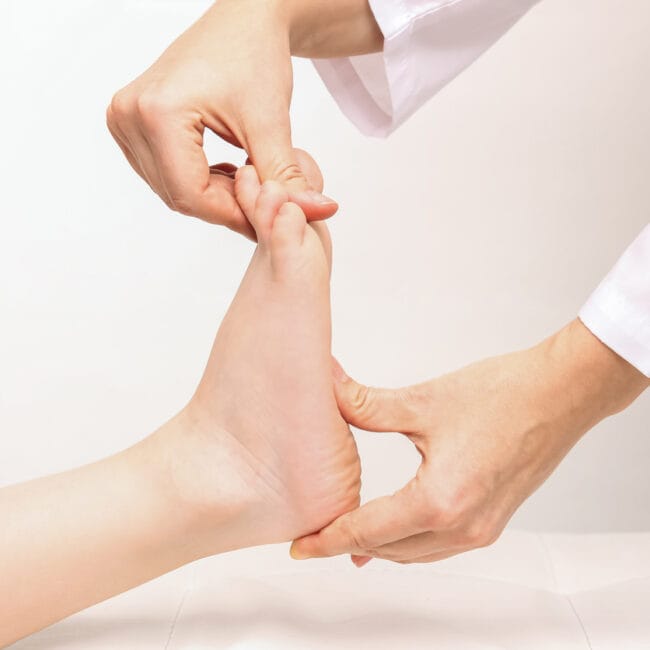Osteoporosis, which literally means “porous bone”, is a condition where the body loses more bone than it makes. The result is that instead of having strong, dense bones, they can become brittle and weak, making them very susceptible to fractures and breaks.
The best way to visualise osteoporosis is to picture the bone like a sponge. As the condition progresses, the millions of tiny holes in the bone gradually grow bigger, leaving more empty space. This is referred to as a loss of bone density. The warning signs of beginning of the development of osteoporosis can be easily missed, as it is usually marked by a dull ache in the bones, particularly the neck and lower back. Sufferers may also feel tenderness in the muscles, and pain when bones are put under a lot of weight.
As osteoporosis develops further, this pains will become sharper and more acute, which should be easier for most people to recognise. The loss of bone density over time can also result in a loss of height, and can cause people to hunch over more, which could lead to a hump developing on the back.
Unfortunately, these early signs are not usually noticed, and a lot of the people who suffer from this condition may not notice until they actually break a bone. The most common bones to break if you have osteoporosis are the wrist, spine, and hip, though it can happen to any bone in the body.
There are a number of risk factors that make a person more likely to develop osteoporosis. The risk increases as we age, as our bodies are less efficient at absorbing calcium and vitamin D. Women are more likely to develop it than men, as the hormonal changes brought on by menopause can also play a role. Genetic factors also come into play, and those with a family history of osteoporosis are at greater risk. Similarly, asians and caucasians are also more likely to develop the condition compared to other races.
There are three main ways that a physiotherapist can help a person with osteoporosis. The first is through bone-strengthening exercises, which can include such activities as hiking, high-impact aerobics, tennis, or dancing. This method aims to make injuries less likely by actually increasing the amount of force your bones can withstand. These exercises will usually be done in conjunction with dietary changes, which can include vitamin supplements or medication.
Physiotherapy can also help with managing pain that has already arisen from the condition, such as lower back pain, or the pain brought on by a breakage. Your physiotherapist can assess you, giving you exercises and showing you how to move in such a way as to minimise the pain you experience.
The third way that physiotherapy can help is fall prevention. Falling is a very common problem for people over 60, but those with osteoporosis will feel far greater damage. Through exercises that will strengthen your muscles, improve your balance, and teach you new, safer ways to move, your physiotherapist can help you tackle some of the most damaging aspects of osteoporosis by helping you avoid them altogether.
Our highly trained physiotherapists use a variety of these techniques to help people living with osteoporosis, whether the person is in the earliest stages, or recovering from a bad injury. However, as with any medical condition, early detection allows people to deal with the problem much more effectively. But as mentioned above, it is very easy to miss the first stages of osteoporosis, so if you are over 50, it is advisable that you speak with an expert and consider having a bone density test. Osteoporosis is a silent and slow condition, so the sooner you start to address it, the greater the quality of life you will be able to retain.














